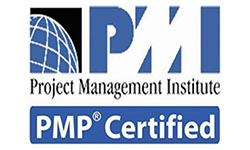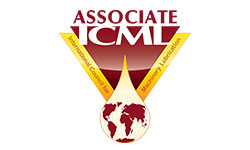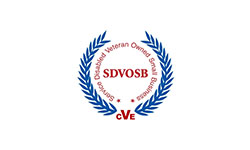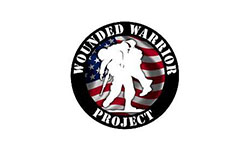VARIABLE FREQUENCY DRIVES
This development course is available in both virtual and in-person, instructor-led formats, it is a two-day Variable Frequency Drive course introduces the team to the world of variable frequency drives and their applications in industrial plants and commercial buildings
Description:
Team members will learn how to improve VFD control and efficiency, troubleshoot and fix VFDs, reduce equipment downtime, and eliminate chronic VFD problems. Team members will perform hands-on activities with a real-life variable frequency drive. Team members will input motor data into the variable frequency drive, set parameters for speed control and overcurrent protection, and check fault codes. Team members will complete this VFD training course with the ability to lower the cost of VFD operation, thus alleviating the need for hiring costly outside service contractors, all while establishing a culture of safe work practices among employees.
Course Outline:
Day One – Topics
VFD Safety Review
1. ElectricalHazards
2. Establishing an Electrically Safe Work Condition
3. Personal Protective Equipment & Insulated Tools
Electrical Basics Review
1. Multimeter,Clamp-On,Megohmmeter
2. Single Phase and Three Phase Motors
3. Motor Troubleshooting and Replacement
4. Basic Control Circuits & Troubleshooting
What VFDs Do
1. Motion Control / Motor Speed
2. Air Flow / Liquid Flow / Pressure Control
3. Eliminatestheneedfor:
a. Variable Transmission or Sheave
b. Variable Vanes or Dampers on Fans
c. Variable Valves on Pumps
4. Benefits of Using a VFD
a. EnergySaving
b. Easier Maintenance
c. Enhanced System Monitoring
5. Load Types
a. Constant Torque – Conveyors, Positive Displacement Pumps, Superchargers
b. Variable Torque – Centrifugal Fans or Pumps, Saws, Routers, Planers
6. VFD Options
a. Bypass – Two or Three Contactor Style, Disconnect Switch Style, Soft Starter
b. Fusing – VFD or Bypass Protection
c. Input / Output Reactors
d. Motor Overload Device
e. Transient Protection
f. Auxiliary Relays
g. Power Line Phase Reversal Detection
Day Two – Topics
Installation of a VFD
1. Environmental Concerns 2. Clearances
3. ConduitEntry
Customer Connections
1. SafetyCircuit
2. Start / Stop
3. Jog
4. StatusIndication
5. FaultIndication
6. Remote Speed Reference
7. Monitoring of Motor Parameters
Wiring & Grounding VFDs
1. InducedSignals
2. Inductive,capacitive
3. Incoming Power (line) Wiring
4. Motor (load) Wiring
5. ControlWiring
6. Proper Grounding Methods
Controlling a VFD
1. Keypad Controls
2. TerminalStripControl–Automatic,Manual
3. Bus Communication Control
4. Open Loop Control
5. ManualOperation
6. Automatic Operation
7. SensorlessFluxVector
8. Closed Loop Control
9. PI Loop Configuration
10.Sensor or Transducer Feedback
11.Motor Shaft Encoder Feedback
VFD Setup, Programming, & Troubleshooting
1. Language & Display
2. ControlModes
3. Open Loop, Closed Loop
4. Motor Data
5. Power (kW) and RPM
6. Voltage, FLA Current
7. Service Factor, Power Factor
8. References & Limits
9. Motor Speeds – Min, Max and Preset
10.Ramp Times 11.Speed Reference
12.Skip Frequencies
13.Limits for Alarms or Faults
14.Inputs / Outputs – Analog, Digital, and Relay 15.Application Functions
16. Reset
17.Flying Start
18.Sleep Mode
19.Switching Frequency
20.No Load
21.Phase Loss
22.Closed Loop Functions
23.Normal / Inverse
24.Anti Windup
25.Start-up Frequency
26.Lowpass Filter










